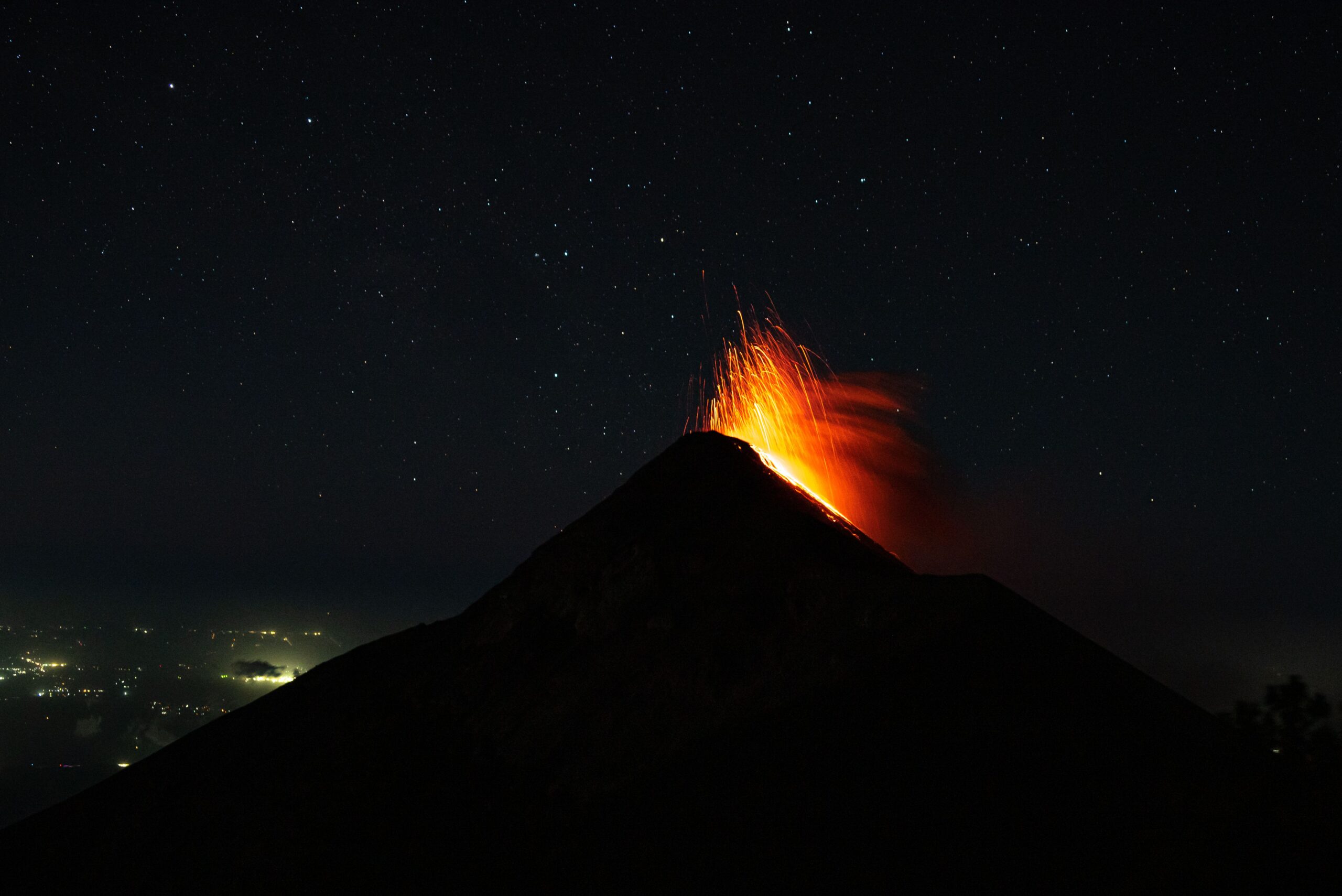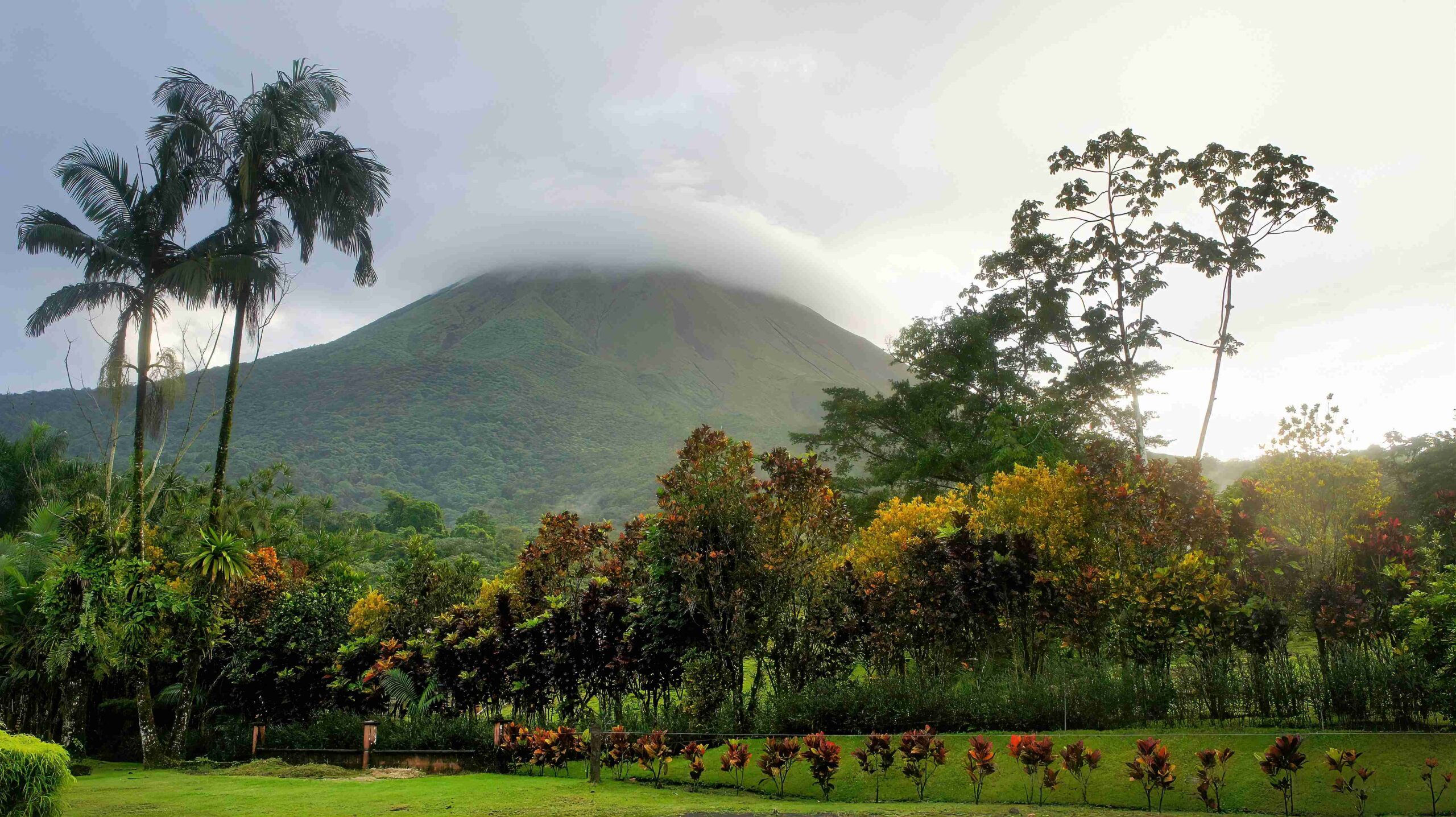A powerful volcano eruption in Costa Rica has left residents scrambling for safety after weeks of earthquake swarms were dismissed as routine seismic activity. The eruption, which sent ash and smoke nearly 10,000 feet into the air, has caused widespread air travel disruptions, school closures, and health concerns. Hundreds of people have reported breathing issues and skin irritation, highlighting the dangers of unexpected volcanic activity.
The event has raised serious concerns about volcanic risks in the United States, where similar earthquake swarms have been detected at major volcanoes. Scientists are closely monitoring Mt. Saint Helens, Mt. Hood, and Mt. Rainier, yet they continue to assure the public that there is no immediate threat. But after the unexpected eruption in Costa Rica, many are questioning whether the U.S. is truly prepared.

Unexpected Eruption Sends Ash Over Cities
The Turrialba volcano in Costa Rica erupted suddenly, despite weeks of warning signs in the form of earthquake swarms. Residents of the capital, San José, located about 30 miles from the volcano, awoke to thick layers of ash covering buildings, vehicles, and streets. The strong smell of sulfur filled the air, while authorities rushed to distribute masks and protective gear to prevent respiratory issues.
Flights were delayed or canceled, and schools were closed as a precautionary measure. Scientists and officials were left scrambling, as they had repeatedly stated that the small earthquakes detected around Turrialba did not indicate an impending eruption.
Earthquake Swarms in the U.S.
The situation in Costa Rica has drawn attention to seismic activity in the United States, where similar earthquake swarms have been detected at three major volcanoes:
- Mt. Saint Helens (Washington)
- Mt. Hood (Oregon)
- Mt. Rainier (Washington)

These volcanoes are among the most closely monitored in the world, yet scientists continue to insist that there is no immediate danger of an eruption. However, given that Costa Rican experts made similar claims just weeks before the Turrialba eruption, many are questioning whether the same mistake is being made in the U.S..
What Would Happen if a U.S. Volcano Erupted?
A major eruption in the Pacific Northwest could have catastrophic consequences, including:
- Massive ash clouds disrupting air travel and reducing visibility
- Lava flows destroying infrastructure and homes
- Toxic gas emissions causing widespread health issues
- Flooding and landslides triggered by melting snow and ice from the mountain peaks
Authorities monitor volcanic activity constantly, but the sudden eruption in Costa Rica serves as a reminder that nature is unpredictable. The news from the USA today highlights the need for preparedness plans in regions near active volcanoes.
Is the U.S. Prepared for a Sudden Eruption?
The unexpected eruption of Turrialba has reinforced concerns about how well-prepared the United States is for a volcanic disaster. While experts monitor seismic activity 24/7, history has shown that volcanoes can erupt with little warning.
Residents near Mt. Saint Helens, Mt. Hood, and Mt. Rainier should stay informed and be aware of potential evacuation routes. Government agencies continue to issue safety guidelines, but in the event of a sudden eruption, emergency preparedness could make the difference between safety and disaster.
For the latest updates on volcanic activity, earthquake swarms, and natural disasters, stay informed with news from the USA today.